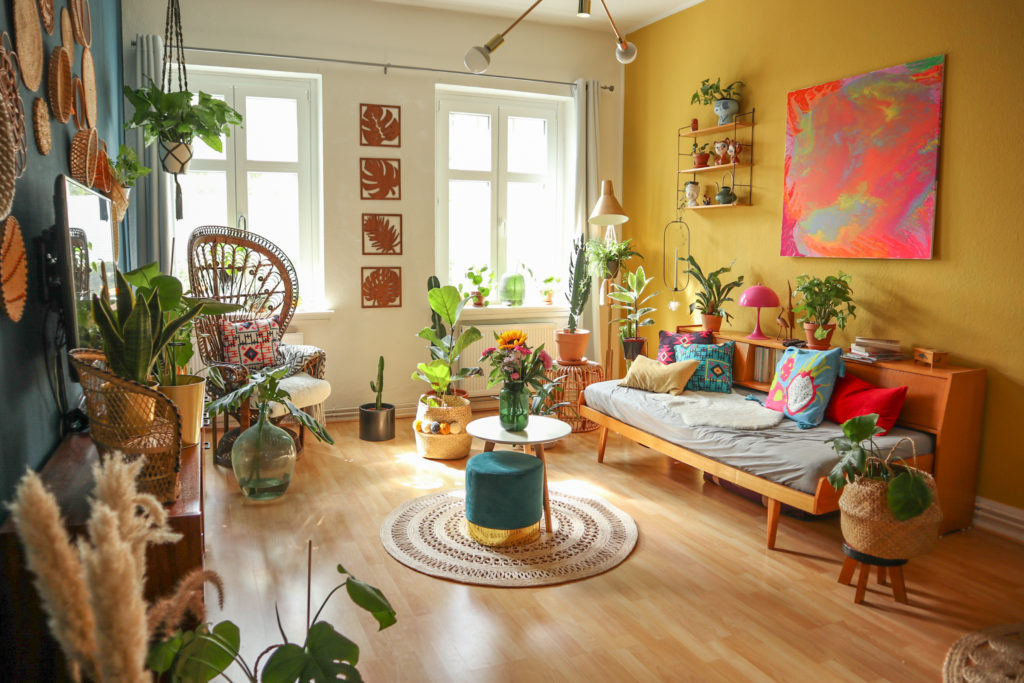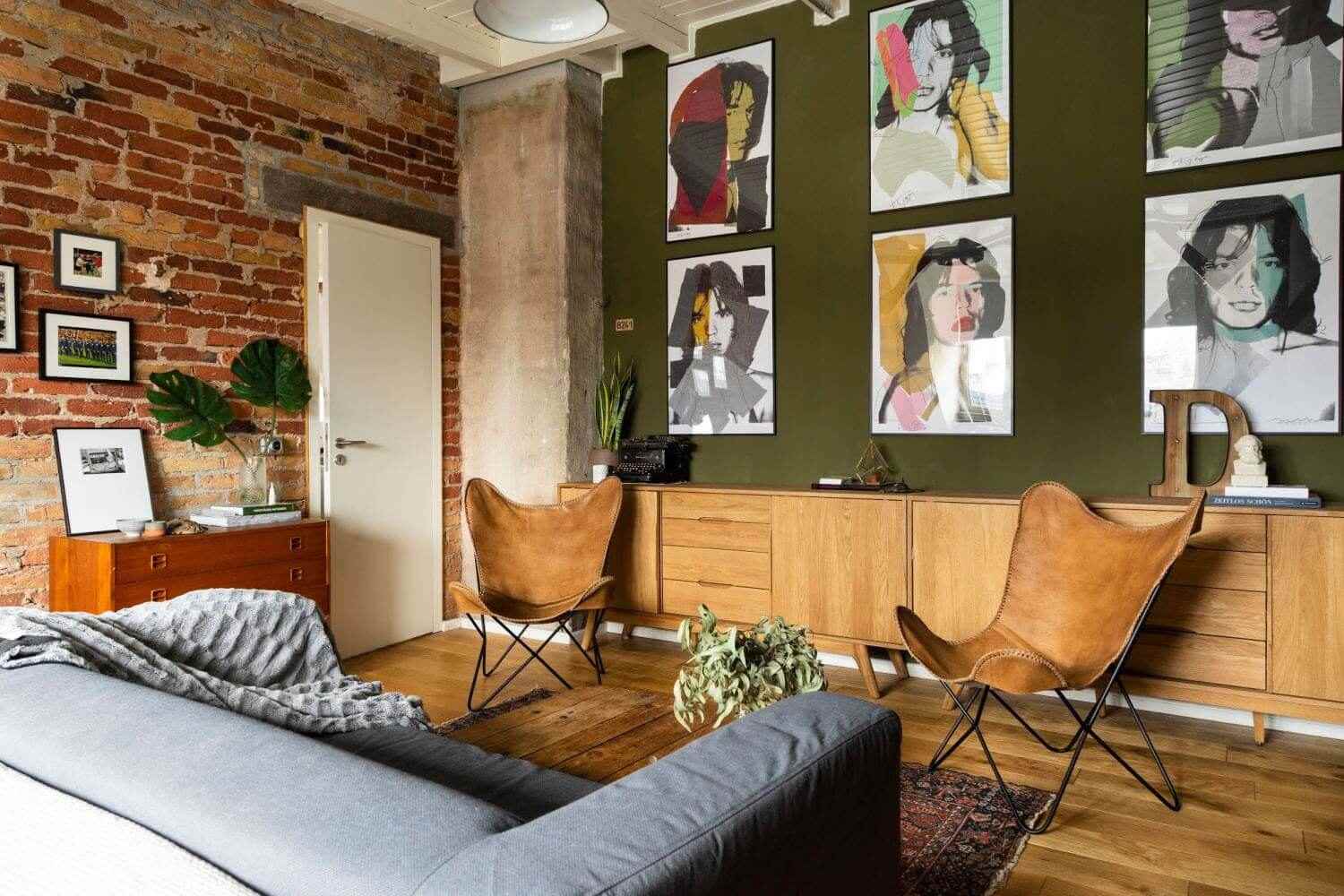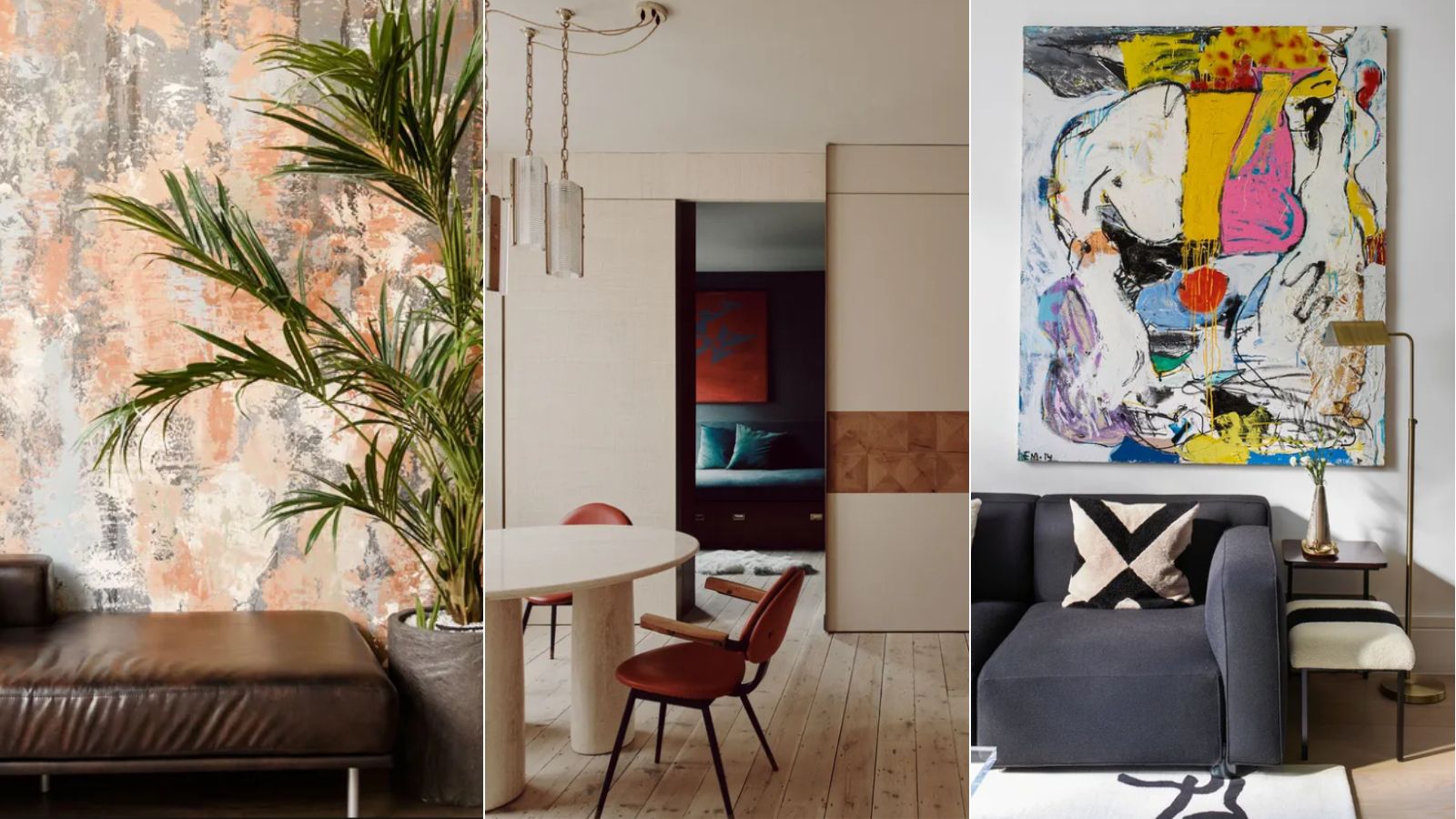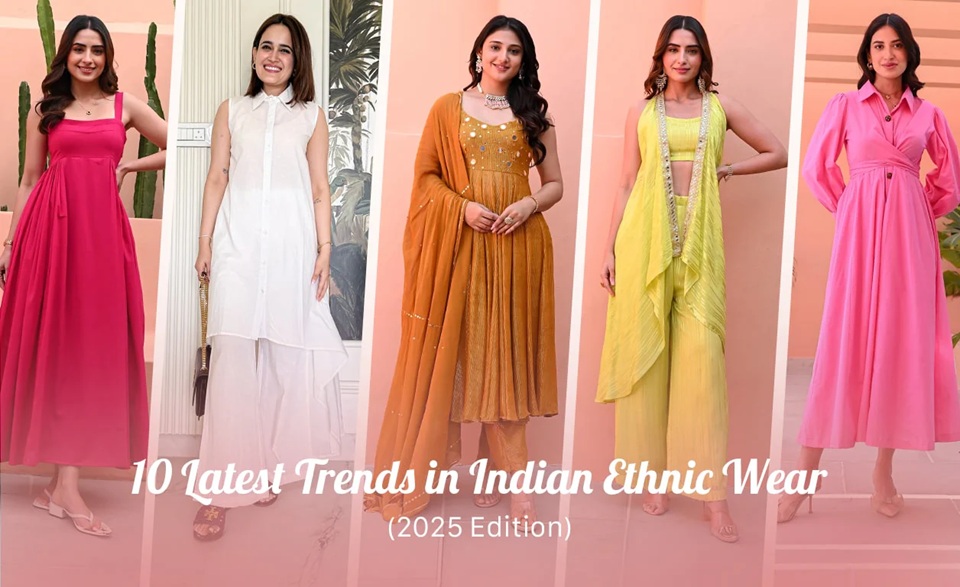What Is Berlin Style Today? What makes Berlin style unique
When you walk through Berlin, you’ll see some consistent threads: a relaxed kind of cool, an openness to mixing eras and influences, and a spirit that resists “just following the trend.” Its style is grounded in history, but it isn’t stuck in it.
Here are some of the defining features:
-
Freedom & individuality. One industry comment described Berlin style as “fun because it’s undefinable.” “There’s a lot of second-hand and vintage, which makes the outfits very individual.” fashionweek.berlin+1
-
Rebellion meets practicality. The fashion roots go back to the city’s punk and techno heritage, post-wall era, when low cost of living allowed artists and subcultures to flourish. Vogue Business
-
Mix of high and low, old and new. It might include vintage leather, thrifted pieces, alongside local designer items and even high-end tailoring — but worn in a way that suggests personality rather than perfection.
-
Interior + lifestyle crossover. It’s not just what people wear: how they live, how they decorate, how they furnish their spaces also shows this spirit. For example, a designer writing about Berlin’s interiors noted: “There’s an overall relaxed feel… focus on well-crafted vintage furniture and statement artwork.” Homes and Gardens
So if you ask “What is Berlin style today?” you might reply: it’s a combination of freedom, authenticity, layered influences and creative mixing — not uniformity.
How it shows up in fashion
In terms of clothing, here’s how the Berlin style plays out:
-
Black leather, biker-inspired and techno vibes. This is still part of the image, especially in some night-life areas. As one article puts it: “Sex, drugs, black leather, techno. For many, that’s what comes to mind when defining Berlin style.” Vogue Business
-
Vintage and thrift-first. Because the city has a strong second-hand culture, many people build wardrobes from curated vintage, mixing with new items. fashionweek.berlin+1
-
Functional, sometimes utilitarian. Gear that looks like it works — sturdy boots, oversized jackets, layers, sometimes outdoors-inspired pieces.
-
Subtle elegance, rising feminine side. Even though the image may be dark or gritty, there’s also growing interest in craftsmanship and delicate design – some Berlin labels lean more refined. Vogue Business
-
Local micro-style, not global uniformity. Because Berlin districts differ hugely, what someone is wearing in Kreuzberg might look very different to someone in Prenzlauer Berg. The key is: it’s authentic to them, not “brand everywhere.”
If you were to create a wardrobe inspired by Berlin style: think vintage leather jacket + simple tee + thrifted trousers, mixed with one “luxury” or designer piece you love; or neutral basics upgraded with a distinct accessory. And always worn with a hint of relaxed individualism.
How it shapes interiors and home design
The same aesthetic shows up in homes in Berlin — if you go inside many apartments, you’ll pick up similar themes: identity, mix of old & new, imperfect charm. Here’s what that means:
-
Embrace “lived-in” rather than perfect. Imperfect walls, exposed brick, plaster showing wear — designers say that creates “a homely and lived-in feel” rather than pristine. Homes and Gardens
-
Mix vintage and contemporary pieces. For example, a mid-century sideboard beside a newer, minimalist lamp. The message: bring something old, something new. Homes and Gardens
-
Highlight art & personality. Homes often include bold artwork, plants, unique pieces that show the inhabitant’s story. The décor isn’t totally about matching; it’s about telling something about the person.
-
Green in, stiffness out. Lots of indoor plants soften the look of raw concrete or industrial elements — giving balance. Homes and Gardens
So if you were to decorate your space “Berlin-style,” you might aim for: good furniture (even if second hand), wear some character into the space, layer in interesting art or accessories, and let the space feel used and loved. Not overly curated to look showroom-perfect, but curated to look like “you live here.”
Where this style comes from
The “why” behind Berlin style is tied to city history, culture and economics. Some of the roots:
-
After the fall of the Fall of the Berlin Wall in 1989, Berlin became an affordable place for artists, creatives and subcultures to live, so new communities formed that valued expression over conformity. Vogue Business+1
-
The club and techno scene in Berlin (including iconic venues) influenced the aesthetic: dark, functional, experimental, DIY.
-
A strong second-hand / reuse culture: many people piece together wardrobes and décor from vintage, which builds that sense of personality and reuse.
-
An architecture and interior backdrop of raw industrial spaces, old buildings, exposed structure — all that affects how people live and style their homes.
-
Creative overlap: fashion, music, visual arts, design — the city is a place where these blend, so the style reflects more than trends: it reflects a way of being.
Because of that, Berlin style is less about being “on trend” and more about being genuine, open to influence, and resourceful.
How you can apply it (no matter where you are)
If you’re thinking: “Can I borrow this Berlin style vibe even if I’m not living in Berlin?” — yes. Here are some practical ideas:
-
Wardrobe: Start with basics — simple cardigans, good jeans, structured boots or sneakers. Then add one or two standout pieces: maybe a leather jacket, or an interesting vintage item. Mix them. Don’t chase brand-logos; chase character.
-
Colours & materials: Berlin style often uses darker tones (black, charcoal, olive) with pops of colour or metal. Materials: leather, heavy cotton, denim, something with texture.
-
Home décor: Bring a few vintage or thrifted items into your space. Mix them with your modern pieces. Don’t worry about everything matching perfectly. Use plants, art, interesting lighting. Let the space feel lived-in.
-
Mindset: Prioritise authenticity. Instead of buying something because “it’s trending,” choose something that suits you and your story. Let imperfection show.
-
Sustainability & reuse: Because the style has roots in thrift, reuse and resourcefulness, you get extra points for reusing, up-cycling or buying second-hand items.
You don’t have to replicate Berlin exactly. The goal is to capture the spirit — openness, creative mixing, and letting your personal taste take precedence over “perfect match.”
Summary
Berlin style today is less about following a defined formula and more about embracing how you show up in the world. It blends influences from subculture (punk, techno), thrift and reuse culture, creative freedom, and a relaxed but thoughtful approach to dress and living. Whether it’s in fashion or home décor, the key is: be real, mix eras, allow some imperfection, and let your own personality surface. You can bring that into your wardrobe or your home — the aim isn’t to copy Berlin, but to adopt its rhythm.
FAQs
Q: Does Berlin style mean wearing only black leather and club wear?
A: No. That’s a stereotype. While black and leather have been part of the look, Berlin style is much broader now — it includes casual streetwear, vintage thrift pieces, even feminine or minimalist looks. Vogue Business+1
Q: Can I live outside Berlin and still apply Berlin style?
A: Absolutely. The core isn’t location-specific. It’s mindset and aesthetic. Use elements: mix vintage with modern, choose items for character, let authenticity guide you.
Q: Is Berlin style expensive?
A: Not necessarily. In fact, part of its appeal is resourcefulness, second-hand shopping and creative mixing. The value comes from how you assemble items, not always their price tag. fashionweek.berlin+1
Q: In home décor, does Berlin style mean industrial and cold?
A: No, not necessarily cold. It often draws on industrial backgrounds, but the look is softened with plants, vintage furniture, art, texture, and layers — so it’s comfortable, not sterile. Homes and Gardens
Q: How can I start adopting Berlin style in my wardrobe?
A: Begin with your basics: well-fitting jeans, a good jacket, neutral colours. Then add one unique piece (vintage, thrifted or designer) that you love. Mix them. Avoid trying to look like someone else — aim for your version of Berlin styl



















